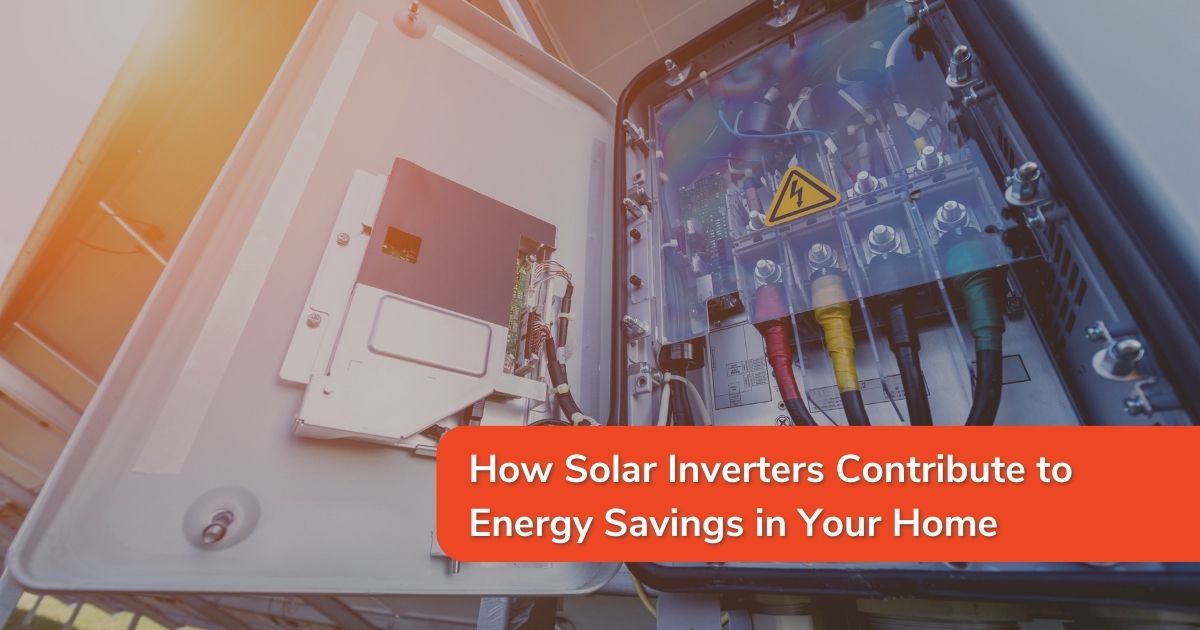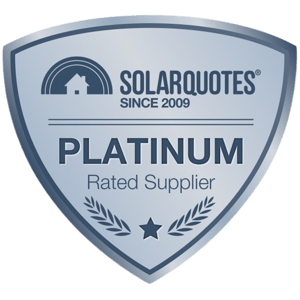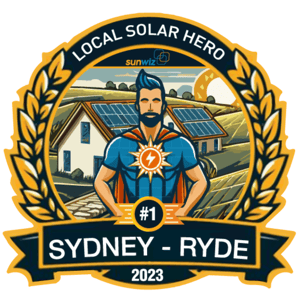How Solar Inverters Contribute to Energy Savings in Your Home

As the Australian push for renewable energy gains strength, many homeowners are turning to solar power as a way to save money on their electricity bills and contribute positively to the environment. Central to any solar power system is the solar inverter, a vital component that converts the direct current (DC) generated by solar panels into the alternating current (AC) that powers the appliances in your home. But just how significant is the role of these small, boxy units in your quest for energy savings? Let's shine a light on the sun-spun benefits that await within your home's solar power system.
Understanding Solar Inverters
Solar inverters are the unsung heroes of residential solar power. They take the raw electricity generated by your solar panels and transform it into a usable form. Without them, the energy produced by the sun would be inaccessible to your regular household electronics. Their role is crucial not only for day-to-day energy consumption but also for feeding back into the grid, potentially earning you credit through feed-in tariffs (FiTs).
What Do They Do?
Solar panels harvest sunlight and convert it into DC electricity. This energy flows through the solar inverter, where it's turned into the AC electricity used by your appliances. Modern inverters with Module-Level Power Electronics (MLPE) also harness Maximum Power Point Tracking (MPPT) technology, enhancing energy production by ensuring that the system runs at its most efficient.
Benefits of Solar Inverters
The installation of a solar inverter in your home leads to a cascade of benefits, propelling your household toward a more sustainable and economical energy future.
Increased Energy Efficiency
By converting DC electricity to AC with minimal loss, solar inverters play a key role in your system’s overall efficiency. Newer models are designed to maximise the yield from your solar panels, ensuring that you make the most of every ray of sunshine.
Reduction in Electricity Bills
The Australian sun – a high yield, but earning you a high bill? A solar inverter could be the answer. By enabling the use of self-generated solar power, inverters can slash your dependence on the grid. If properly sized and optimally positioned, solar power systems could potentially eliminate your electricity bill.
Environmental Impact and Sustainability
Solar-powered homes significantly reduce their carbon footprint by cutting down on the greenhouse gas emissions associated with grid electricity. Solar inverters are a cornerstone of this eco-friendly approach, as they are instrumental in making solar energy a viable and greener choice.
Different Types of Solar Inverters
Not all solar inverters are created equal. Outdated models may not offer the efficiency and features of newer systems. Here's a glimpse of the primary inverter types found in modern residential solar setups.
String Inverters
String inverters, the traditional workhorses of solar power systems, are connected to multiple solar panels wired in series, also known as "strings." Despite being the oldest technology, they offer cost-effective and reliable performance for larger systems. However, a drawback is that if one panel fails, it affects the entire string.
Microinverters
Microinverters, on the other hand, are mounted on the back of individual solar panels. Unlike string inverters, each panel operates independently, which not only improves potential energy production but also reduces the risk of system-wide malfunctions. In the event of a panel failure, the other panels continue to operate at their maximum potential.
Power Optimisers
Power optimizers, similar to microinverters, work at the module level. However, instead of converting energy to AC, they optimise the DC power output. This offers some of the advantages of microinverters while still utilising a centralised inverter for energy conversion. In the case of a panel failure, the remaining panels can still operate at their maximum potential.
Installation and Maintenance
Thinking about going solar? The installation of your solar inverter is not a DIY project. Professional installers ensure the unit is not only placed correctly but also wired and programmed to suit your specific energy needs.
Considerations for Installation
The efficiency and longevity of your inverter depend on professional installation. Factors like shading, panel positioning, and the type of inverter chosen can all impact the performance of your solar power system.
Regular Maintenance and Monitoring
To squeeze the most value from your investment, regular maintenance is key. Monitoring your inverter and solar system performance can flag up issues early, and routine inspections can keep your solar power system running at peak efficiency.
Case Studies and Success Stories
Numbers speak volumes, and for Australian homeowners, the data often reveals substantial energy savings when a solar inverter enters the picture. Real-world examples like the Kingsford family in NSW, who documented annual savings of over $2,500, showcase the tangible impact of a Smart Solar Home on everyday electricity costs.
Conclusion
Solar inverters are more than just boxes on your wall. They're the secret sauce that makes solar power systems hum with energy efficiency and financial savings. For anyone looking to bolster their home's energy savings and take a powerful step toward environmental responsibility, a quality solar inverter is a non-negotiable part of the package.
If you're ready to harness the power of the sun in your home, Smart Energy Answers is here to guide you through the next steps. Our experts can help you navigate the world of solar energy solutions, ensuring you make an informed and beneficial choice for your household. Get in touch with us to learn more about how solar inverters can revolutionise your approach to home energy. Your brighter, greener tomorrow awaits.
%20(1).png?width=265&height=96&name=www.smartenergyanswers.com.auhs-fshubfsSmart%20Energy%20Answers%20Logo%20(HIRES)%20(1).png)

.png?width=514&height=121&name=Tesla%20Powerwall%203%20(new).png)








.webp?width=300&height=180&name=sigenergy-gold-installer-300x180%20(1).webp)